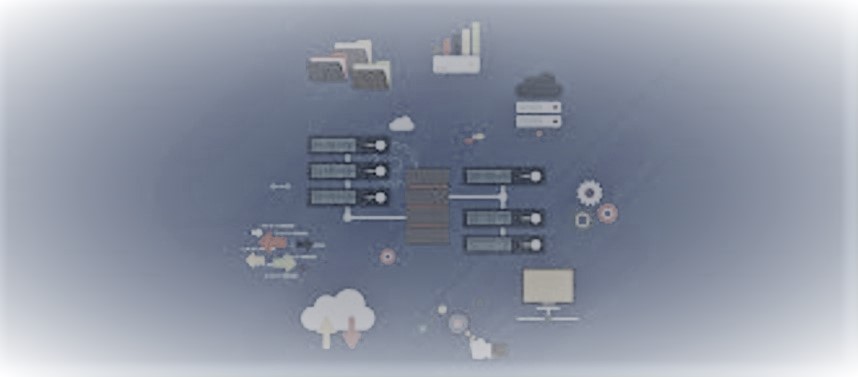In today’s world, when people have moved to online spaces and have created a digital reality, working on staging sites is pretty normal practice. What is a staging site, you might ask? A staging site is a copy of your live website. It allows you to fix bugs, see how the proposed layout looks, and show them to your clients as well. So, the live website and the staging website are two different things.
Most developers run these both on the same server, but this is never a good idea. In the following passages, we shall discuss the harm caused by running both sites on the same server.
Harms of running Live and Staging Sites on the same server

People might think it is more rational to run the staging and live site on the same hardware to check the outcomes, which are closer to reality, as the visitors are going to interact with the live server. But it is not the sensible thing to do. Let us tell you why?
The first and most basic reason is that running these two sites together on the resources which are meant to be for a single site will most certainly cause your live site to get slow and face downtime. The storage space, CPU, RAM, and disc space will also burden them more because these two sites share the same server. For example, if the live site starts to receive a huge amount of traffic all of a sudden and it shuts down, it will shut down the staging site with it as well, leaving you unable to fix the issues needed to get the live site back running. And the other side is true too. If something goes wrong with the staging site, like an incorrect code you were experimenting with, and is stuck in a loop, the entire server will shut down along with your live site as well.
The whole point of having a staging site is to try out solutions to find the best one for the live site without jeopardizing the productivity of the live site. It is supposed to be a safe environment for testing and experimenting; we expect it to break. Hence, it should be on a separate server to prevent trouble.
Next, the security of both sites is equally important. If any cyber attacker manages to hack into your live site, he will automatically have access to your staging site, which is the last thing you want because you can use the staging site to clean up the mess and fix the issues to deal with this problem. A worm or a rootkit deployed by the hacker into your server will start infiltrating other websites on the server along with the hardware without you realizing it. Once it gets to your staging site and backup, you will run out of options for recovery and repair.
Advantages of using a separate server

We have already been through the harm that is caused by hosting your live and staging site on the same server. Now, let us discuss the advantages that come along with using a separate server for these two.
First of all, you will have separate sets of resources dedicated to these sites. The CPU, RAM, and disc space will not feel burdened and will be able to work properly. Secondly, both of them working on different servers will have the required distance and will not be able to affect each other in any case. If anything goes wrong with the staging site during an experiment, it will not cause the live site to shut down at all. Similarly, if, due to any reason, the live site shuts down, it will have zero impact on the staging site, and you will be able to use it to bring the live site back on track.
You can ensure security because having different servers will allow you to have different login and access details like SSH, SFTP/FTP, IP address, and hostname. It will give you a different working environment that you can use to gain access to your production site back in case of any successful cyber attack.
Having different servers gives you the confidence to test codes and carry out performances on your staging site without the fear of compromised performance of your live site. You will also be able to carry out tests to understand more real impacts on the server’s resources. You can also use the staging site to help you in fixing bugs and diagnose the issues correctly. Suppose you are unable to replicate the same issue on two different servers using the same codes and configuration. In that case, it might mean that the production website is causing the issue itself, and using this diagnostic, you can fashion a solution for the issue.

A staging site can also be considered as a backup copy of your live website. However, you should have another set of backups as well. Your live site going down will not just create a bad relationship between you and your clients, but it can also cause both of you to lose real money and stain your reputation. Therefore, it is wise to keep your staging site separate from another server and use your live site with a lot of care.
The above discussion suggests that it is in your best interest to keep your staging and live site separate on different servers to avoid many harms and disadvantages and, on the other hand, bagging a lot of advantages. It might not be among your biggest concerns before, but hopefully, this article will let you see through the results and help you make the right decision. Have your staging site separately on different servers and experiment codes to improve your live site and increase your production without the fear that any result could affect the performance of the live site.
